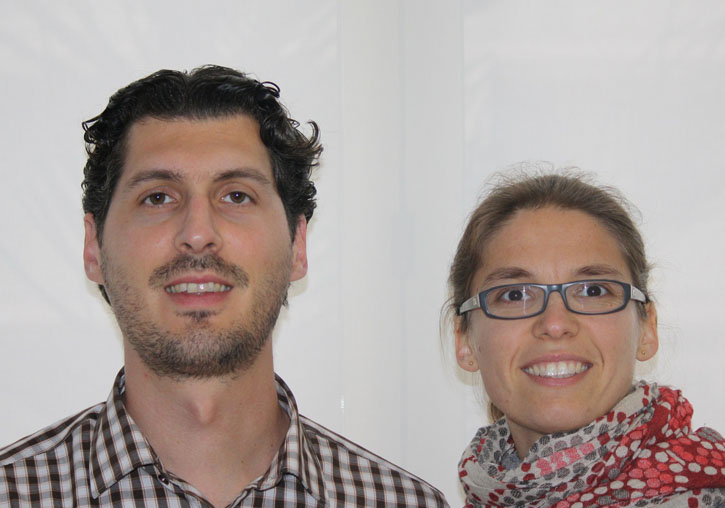
A monographic published by the prestigious journal The Lancet analysed the urban design, transport, sustainability and other quality of life indicators of 25 cities of the world. In this publication València rated as one of the best cities in urban policies and support for health and sustainability. The investigation counted with the participation of Javier Molina and Ana Queralt from the Universitat de València also places València in a better position than the other Spanish cities present in the study: Barcelona and Vic.
Among the conclusions of this study, it stands out that the availability and quality of the urban and transport policies that promote the health and sustainability in València are well above average compared to other cities studied. Thus the presence of these indicators is high (21/24 of the possible indicators), and is only surpassed by Belfast (UK).
The work also shows that the quality of specific and measurable policies aligned with evidence on healthy cities is the highest of all the cities analysed (42 out of 57 possible indicators). On the other hand, out of the 25 cities in this international study, most of the Valencian neighbourhoods are walkable and meet the population and connectivity thresholds necessary to meet the WHO objectives for increasing physical activity.
“The major novelty of this study is the development of a system of spatial and urban policies indicators that allow an effective comparison between cities around the world. This is specially important considering that in 2050, the 70% of the world population will live in cities. A poorly design city can cause unhealthy habits or expose its citizens to unbearable levels of contamination from a health point of view”, sais Javier Molina, full professor of the Department of Teaching of Musical, Visual and Corporal Expression of the Faculty of Teacher Training.
The research project from which the articles in the monograph of The Lancet derives is “Global Healthy and Sustainable City-Indicators Collaboration” that has a a objective to provide comparable indicators on spatial and policy aspects of healthy and sustainable urban design and planning for cities around the world. The results are the fruit of more than 3 years of global collaborative research by a team of more than 80 researchers from 34 institutions located in 25 cities in 19 countries across 5 continents. The study was overseen by a 12-member International Executive Committee led by the full professor Billie Giles-Corti from the RMIT University (Melbourne, Australia)
Another conclusion is that in València most of the residents have access to public transport stops with regular service and to open spaces within 500 meters, but inly 43% has access to a large public space (i.e. 1.5 hectares or more). Compared to other cities studied, the proportion of population with access to a food market, a neighbourhood shop and a regular public transport service within 500 meters is above average. Only the access to any open public space and to a large public space is below average.
Methodology
The indicators used in the project are based on scientific evidence and provide insight into the progress to achieve cities that, by design, maximise the health and well-being of their citizens, while contributing to climate change mitigation. The analysis of urban and public transport policies of the city (that includes laws, rules and regulations, plans, etc.) involves the local, regional and national levels.
Papers:
- Geoff Boeing et al. «Using open data and open-source software to develop spatial indicators of urban design and transport features for achieving healthy and sustainable cities». Lancet Glob Health 2022. Vol 10 June 2022.Pages e782, e786, e788, and e790. Link: https://ir.uv.es/RXxxzj8
- Melanie Lowe et al. «City planning policies to support health and sustainability: an international comparison of policy indicators for 25 cities». Lancet Glob Health 2022. Vol 10 June 2022.Pages e782, e786, e788, and e790. Link: https://ir.uv.es/1eSyuu9









